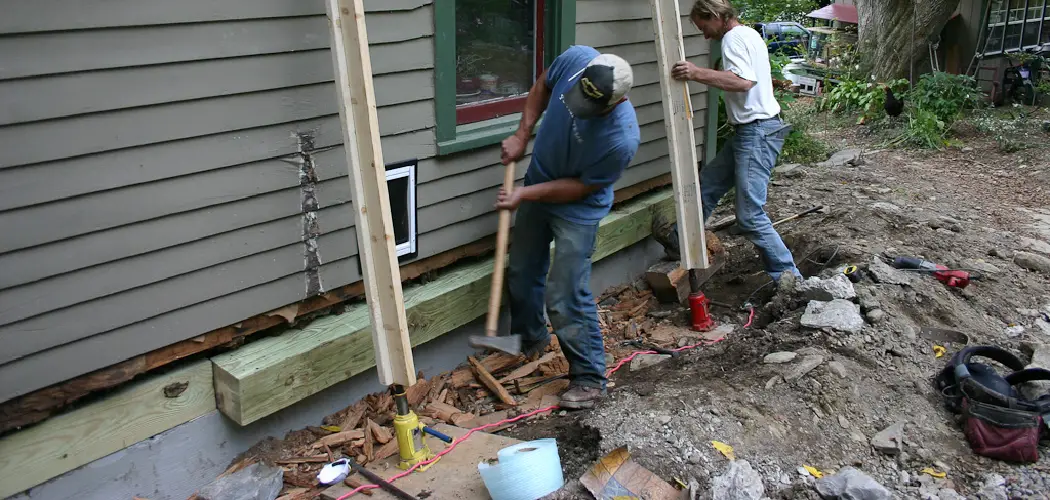Jacking up a garage to replace a foundation can be a daunting task, but it’s a necessary one if you want to ensure the safety and stability of your property. A damaged or deteriorating foundation can cause serious problems, including uneven floors, cracked walls, and even collapse.
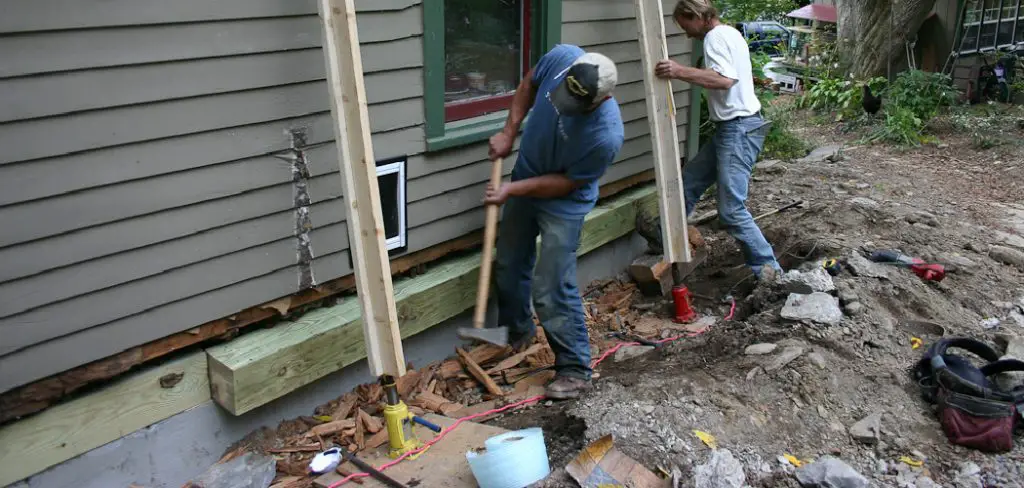
Fortunately, with the right tools, equipment, and knowledge, it’s possible to jack up a garage and replace its foundation. However, it’s important to approach the job with caution and care, as mistakes can lead to further damage and safety hazards.
Before beginning the process, it’s essential to have a solid plan in place, including a detailed inspection of the existing foundation, proper equipment and materials, and a safe and stable work area.
In this article, we’ll walk you through the steps involved in how to jack up a garage to replace foundation, so you can feel confident in tackling this important project.
Can You Raise a Detached Garage?
Yes, you can raise a detached garage. Depending on the size and weight of the structure, it may require some significant work to accomplish. Possible solutions include hydraulic jacks, shoring posts, cribbing blocks, and additional supports like screw piles or helical anchors. If the project is particularly difficult or large-scale, it might be best to call in a professional for advice and help.
When jacking up a detached garage, it’s important to work slowly and carefully. The goal is to raise the structure evenly from end to end and side to side. If one area is raised too quickly or unevenly, this can cause stress on the foundation beams, which could lead to structural problems.
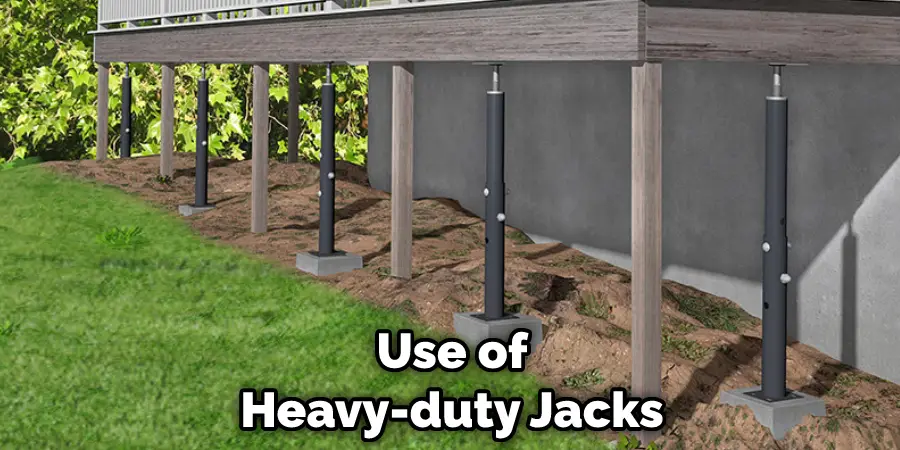
In addition, the weight of the building must be distributed properly on jacks and other supports during the procedure to ensure safety. There should also be a plan for re-leveling and shoring up the foundation when the structure is in its new position. This will help it remain stable until its permanent fasteners can be put in place.
Finally, it’s important to take special precautions when jacking up a garage or other structure if it contains hazardous materials such as asbestos insulation, lead paint, or mold.
It’s best to consult with an environmental specialist about safe disposal and removal techniques before beginning any work. Doing so also helps protect the workers and ensures that the project is completed in compliance with federal, state, and local regulations.
Can the Garage Floor Be Raised?
Yes, it is possible to raise the floor of a garage. This can be done by jacking up the existing structure and installing a new foundation. This will require the use of heavy-duty jacks and a building permit, if necessary.

Once the structure is lifted, it should be braced and stabilized to prevent any movement during the process. The existing foundation or slab should then be removed so that a new one can be installed in its place. After a new foundation is laid, it should be allowed to cure before the structure is placed back onto it.
It is important to ensure that any changes made meet building codes for safety reasons. A professional contractor with experience in garage repair and maintenance should always be consulted when undertaking any major projects such as this one.
Additionally, all equipment used must meet local requirements for jack lifting. With careful planning and attention to detail, the floor of a garage can be raised successfully.
Once the garage is back on its new foundation, any necessary repairs or renovations should be undertaken in order to ensure the structure remains safe and stable. This may include replacing any worn-out components, such as doors and windows, or adding insulation to keep the interior comfortable.
10 Methods How to Jack up a Garage to Replace Foundation
1. Preparation and Planning
The first step in jacking up a garage to replace its foundation is proper preparation and planning. This involves inspecting the existing foundation for damage, ensuring the area is clear of debris, and having the necessary equipment and materials on hand. You’ll also need to create a detailed plan outlining the steps involved, including safety precautions and contingencies.
2. Jack Placement
The next step is to place the jacks in the right position. The number of jacks you need will depend on the size of your garage and the weight of the structure. The jacks should be placed at equal distances apart, with the heaviest load-bearing walls receiving additional support.
Make sure that the jacks are level before you begin to lift. However, be not to make them too tight as you may damage the foundation. Although it’s easier with two people, you can do this step alone by setting the jacks first, then adjusting them as needed.
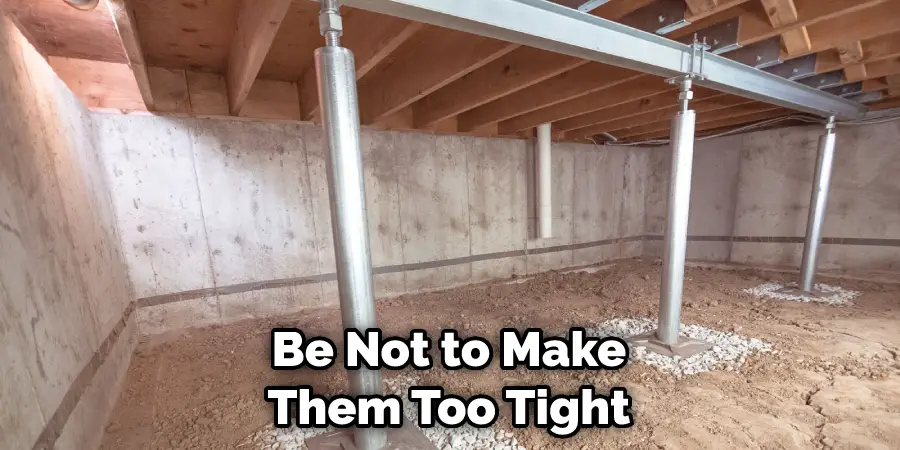
3. Foundation Removal
Once the jacks are in position, you can begin removing the existing foundation. This process will involve excavating the soil around the perimeter of the garage and breaking up the foundation. It’s essential to keep the debris clear of the jacks and to avoid damaging the surrounding walls.
4. Jacking
With the foundation removed, you can begin jacking up the garage. This process involves using hydraulic jacks to lift the structure evenly and gradually. It’s essential to monitor the jacks carefully and ensure they are evenly distributing the weight. Over-jacking can cause the garage to become unbalanced, leading to possible damage.
5. Temporary Support
As you jack up the garage, it’s important to provide temporary support to prevent the structure from shifting or collapsing. This involves placing support beams or shoring up the walls with plywood until the new foundation is in place.
It’s important to use an adequate amount of support and double-check the stability of it before placing more jacks. Once the structure is stable, you can use additional jacks to raise the garage higher.
6. Excavation
With the garage jacked up, you can begin excavating the soil to make room for the new foundation. This process will involve digging a trench around the perimeter of the garage and removing the excess soil.
To ensure that the new foundation is properly leveled, use a long level to determine the height of each corner. If necessary, you can fill in lower spots with soil and use a shovel to create a slope away from the garage.
7. New Foundation
Once the excavation is complete, you can begin pouring the new foundation. It’s essential to use high-quality materials and to follow the manufacturer’s instructions carefully.
The new foundation should be level and free from any defects or imperfections. It’s also important to properly compact the soil around the foundation and any other areas. Once it is complete, you can begin jacking up the garage again.
8. Lowering the Garage
Once the new foundation is in place, you can begin lowering the garage onto it. This process involves gradually lowering the jacks and monitoring the structure carefully.
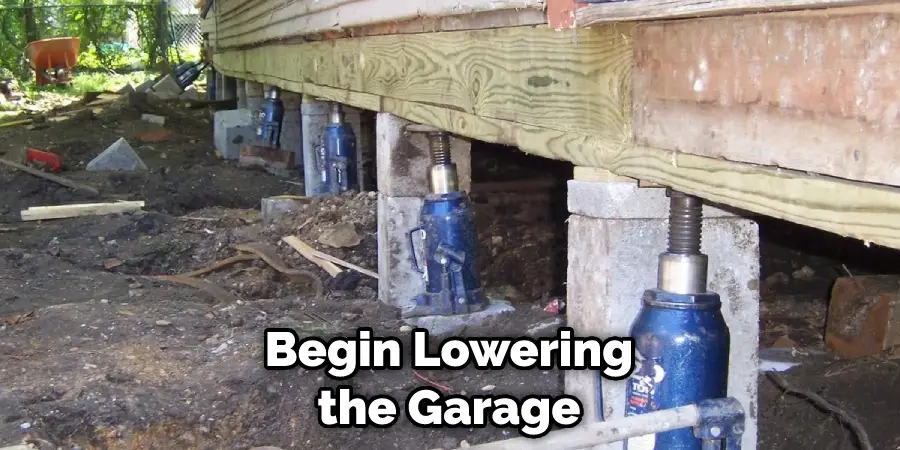
It’s essential to ensure the garage is level and properly aligned with the new foundation. Lower each jack slowly and check on the alignment as you go. If necessary, make adjustments with shims. Once the entire garage is fully lowered onto the foundation, remove all of the jacks.
9. Finishing Touches
With the garage in place, you can begin finishing touches, such as installing new flooring, insulation, and electrical wiring. It’s essential to ensure all work is completed to code and with high-quality materials.
If you’re not experienced in electrical wiring, it’s best to hire a professional. This is especially important if you plan on living in the garage or using it for a commercial purpose.
Once the finishing touches are complete, you can begin inspecting and testing the new garage foundation to ensure that it is properly in place and up to code. This might include checking for level foundations, testing to make sure the garage door tracks are adequately secured, and ensuring the is secure and structurally sound.
10. Cleanup and Inspection
The final step is cleanup and inspection. You’ll need to remove any debris from the site and ensure the area is safe and secure. It’s also important to inspect the garage for any signs of damage or shifting and to make any necessary repairs or adjustments. Once complete, the garage should be ready to use.
Jack jacking up a garage can seem like an intimidating task, but with the proper preparation and guidance, it can be a relatively straightforward process.
By taking the time to prepare and having the right tools on hand, you’ll be able to ensure that you’re able to complete the job safely and efficiently. It’s important to remember that safety is paramount, so always be sure to follow all safety guidelines and wear any necessary protective equipment.
Conclusion
Replacing the foundation of a garage is an ambitious yet rewarding project to undertake. By properly preparing for the job, taking safety precautions, and doing the work step-by-step, it is possible to successfully jack up your garage and replace the foundation.
From planning to hauling away the old materials, this project is sure to take some time and effort. Yet, it will be worth it knowing you can now finally rid yourself of all the creaky noises coming from your shoddy structure that no longer stands as firmly as it should be.
With these tips in hand, you’ll have everything you need to know about how to jack up a garage in order to replace its foundation. So, there you have it – a quick and easy guide on how to jack up a garage to replace foundation.
I am Rick. I grew up helping my dad with his handyman service. I learned a lot from him about how to fix things, and also about how to work hard and take care of business. These days, I’m still into fixing things- only now, I’m doing it for a living.
I’m always looking for new ways to help people grow and develop. That’s why I have created this blog to share all my experience and knowledge so
that I can help people who are interested in DIY repair.

